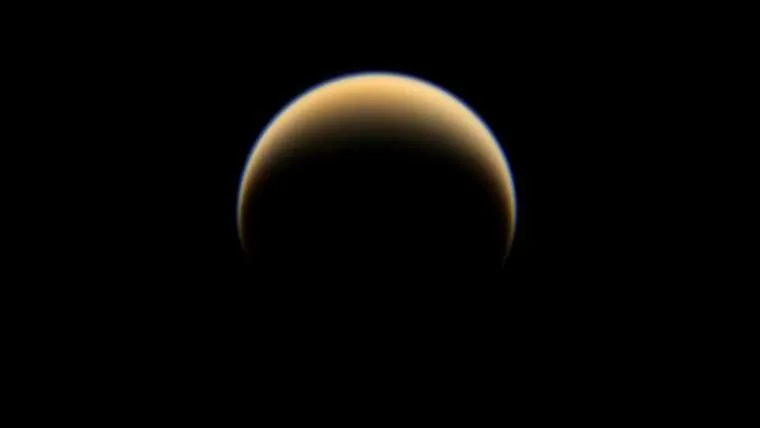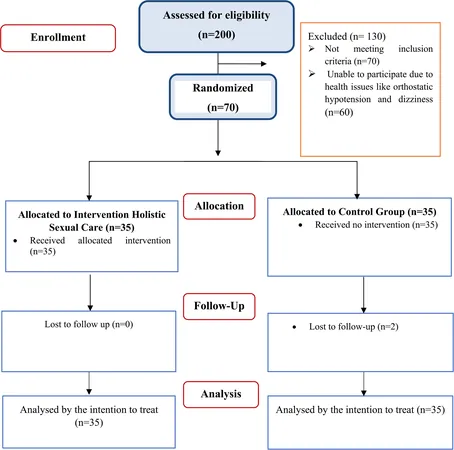
A New Enigma Awaits: Scientists Unearth Baffling Movement in Titan's Atmosphere
2025-05-25
Author: Liam
A Whirlwind Discovery on Titan
In a groundbreaking revelation, scientists have uncovered mysterious gyroscopic movements in the atmosphere of Titan, Saturn's enigmatic moon. This motion appears to defy the conventional connection to the moon's surface rotation, leaving researchers scratching their heads.
A team from the University of Bristol made this astonishing find while sifting through sensor data from the historic NASA-ESA Cassini-Huygens mission. Their analysis indicates that this baffling atmospheric behavior is interwoven with Titan’s long seasonal cycles, each stretching across several Earth years.
Titan: Earth-Like Yet Strangely Alien
For decades, Titan has captured the scientific community's attention, boasting features reminiscent of Earth—its rocky terrain, lakes and rivers made of methane and ethane, and a thick, carbon-rich atmosphere. Yet, the latest findings hint that Titan may be not just Earth-like, but a truly alien world with unique climatic systems.
Unraveling the Atmospheric Mystery
Launched in 1997, the Cassini-Huygens probe spent 13 years exploring Saturn and its moons, delivering a wealth of infrared data. Although the spacecraft made its final transmission in 2017, the treasure trove of information continues to yield remarkable discoveries. Scientists have used this data to debate Titan's potential for habitability and whether it could sustain life.
This recent study emphasized the symmetry of Titan's atmospheric temperature, revealing unexpected insights. Rather than centering around Titan’s pole as anticipated, the data indicated a gradual shift aligned with the moon’s seasonal changes, which occur over nearly 30 Earth years.
Lead researcher Lucy Wright noted a striking atmospheric tilt that changes with Titan's seasons. This profound deviation raises questions about past events that may have tilted the atmosphere off its spin axis, causing it to 'wobble'.
The Quest for Answers
The implications of Titan's atmospheric tilt are as intriguing as they are mysterious. Wright described it as resembling a gyroscope stabilizing in space, yet its orientation remains fixed despite external influences from the Sun or Saturn.
Professor Nick Teanby, co-author of the study, articulated the puzzle: what could have caused this tilt? This discovery solves one mystery while simultaneously birthing another—what's truly behind this unusual atmospheric behavior?
Ready for Dragonfly: NASA's Upcoming Mission to Titan
As data from Cassini continues to inspire new research, Dr. Conor Nixon from NASA Goddard emphasized the importance of these findings, demonstrating that even post-mission, Cassini’s legacy yields invaluable insights.
Anticipation builds for NASA's upcoming Dragonfly mission, set to touch down on Titan in the 2030s. This innovative drone-like rotorcraft will face the dual challenge of navigating Titan’s fierce winds and dense atmosphere. Insights from the University of Bristol's research into atmospheric gyroscopic motion will be crucial in plotting Dragonfly’s landing trajectory.
Understanding how Titan's atmospheric dynamics work will not only aid this mission but could provide broader applications in studying atmospheres across our Solar System and beyond.
A Fascinating Conundrum
Titan’s atmospheric behavior, akin to a spinning top detached from its surface, poses intriguing questions for planetary science. Dr. Nixon concluded that these findings could hold the key to understanding atmospheric physics both on Titan and Earth, paving the way for future explorations into the mysteries of our universe.









 Brasil (PT)
Brasil (PT)
 Canada (EN)
Canada (EN)
 Chile (ES)
Chile (ES)
 Česko (CS)
Česko (CS)
 대한민국 (KO)
대한민국 (KO)
 España (ES)
España (ES)
 France (FR)
France (FR)
 Hong Kong (EN)
Hong Kong (EN)
 Italia (IT)
Italia (IT)
 日本 (JA)
日本 (JA)
 Magyarország (HU)
Magyarország (HU)
 Norge (NO)
Norge (NO)
 Polska (PL)
Polska (PL)
 Schweiz (DE)
Schweiz (DE)
 Singapore (EN)
Singapore (EN)
 Sverige (SV)
Sverige (SV)
 Suomi (FI)
Suomi (FI)
 Türkiye (TR)
Türkiye (TR)
 الإمارات العربية المتحدة (AR)
الإمارات العربية المتحدة (AR)